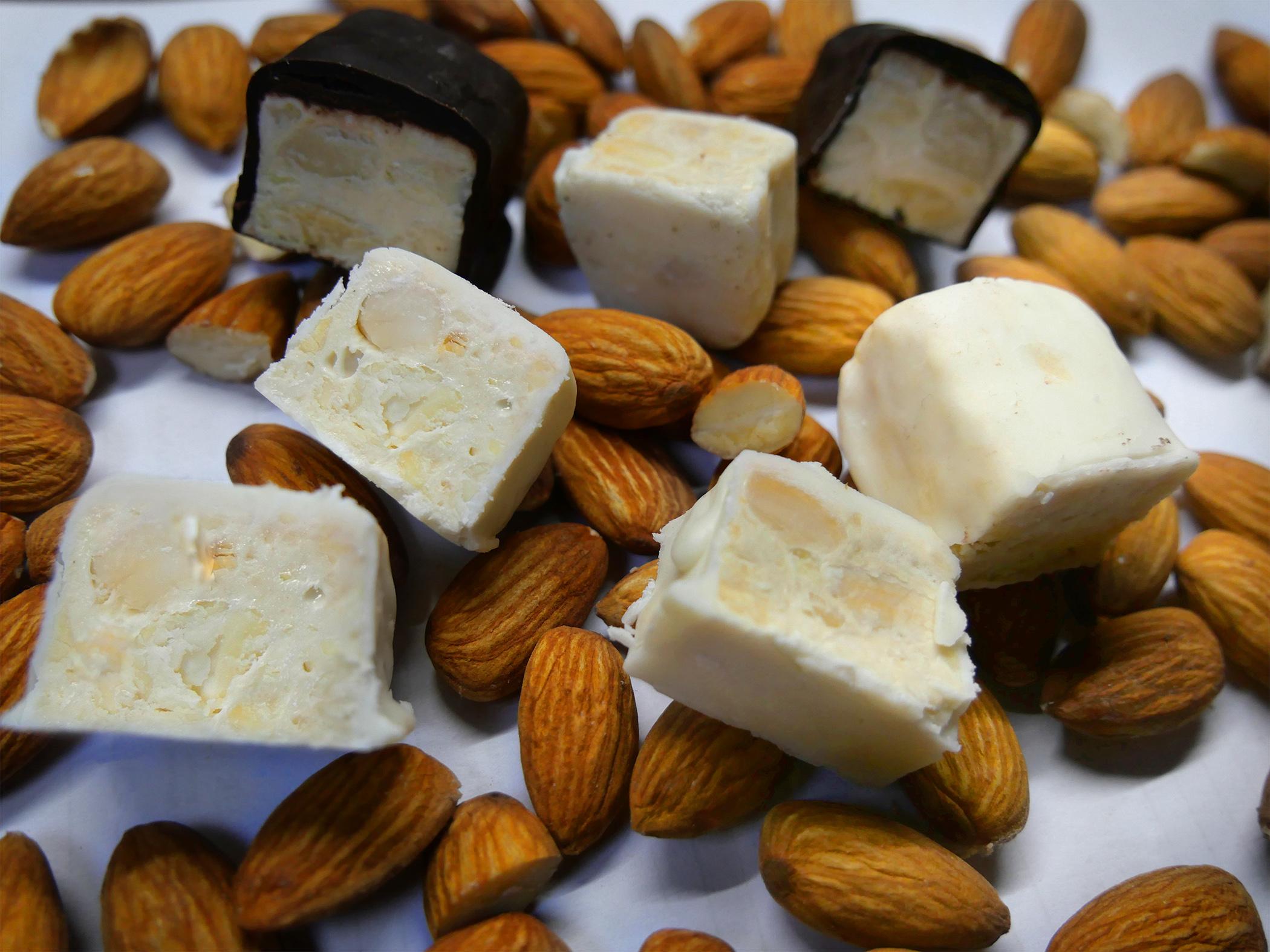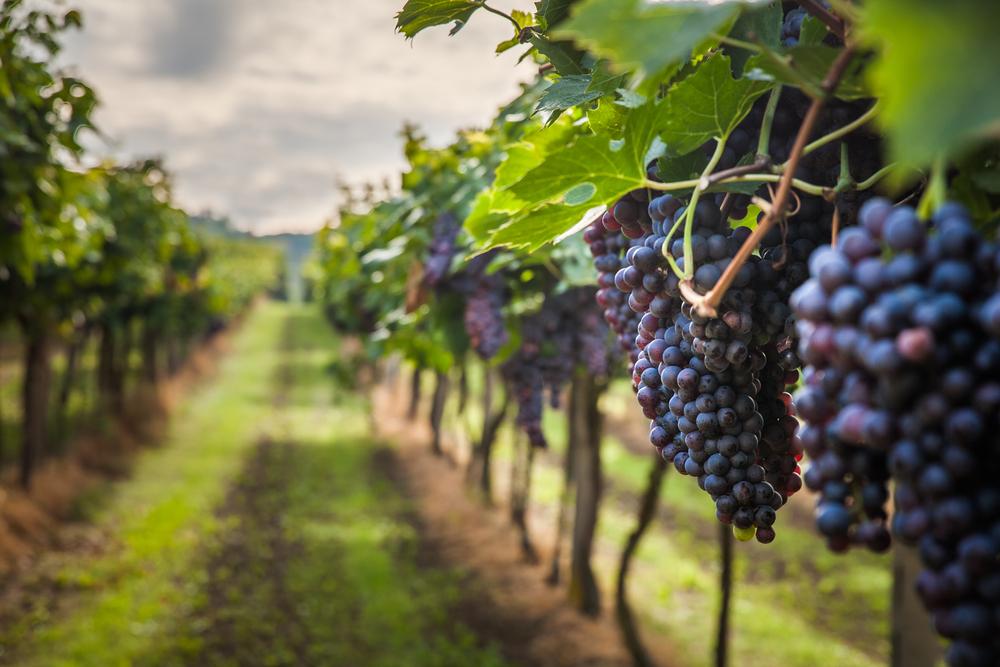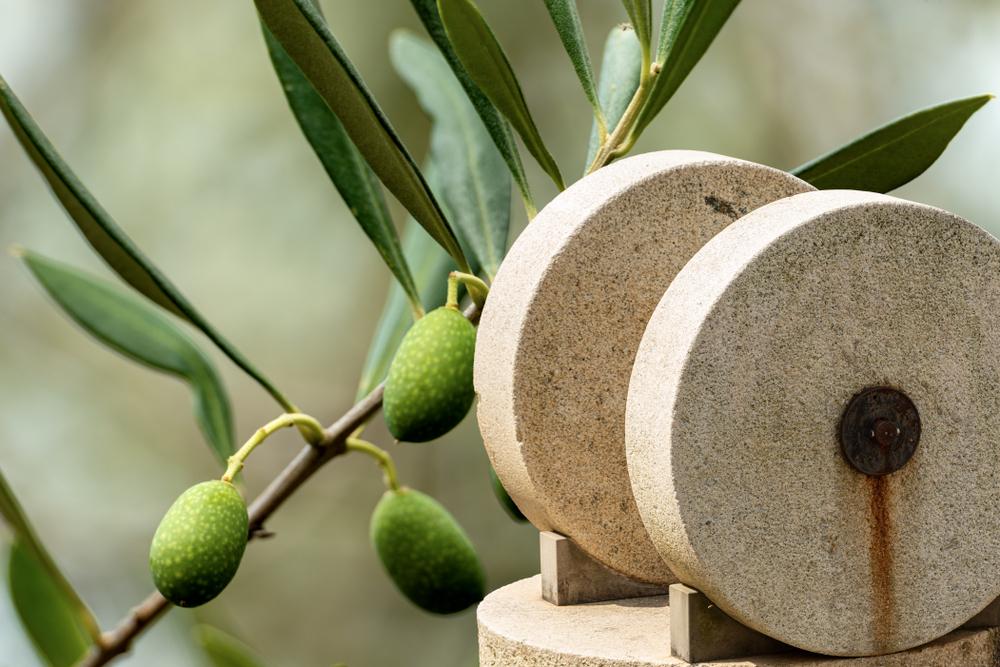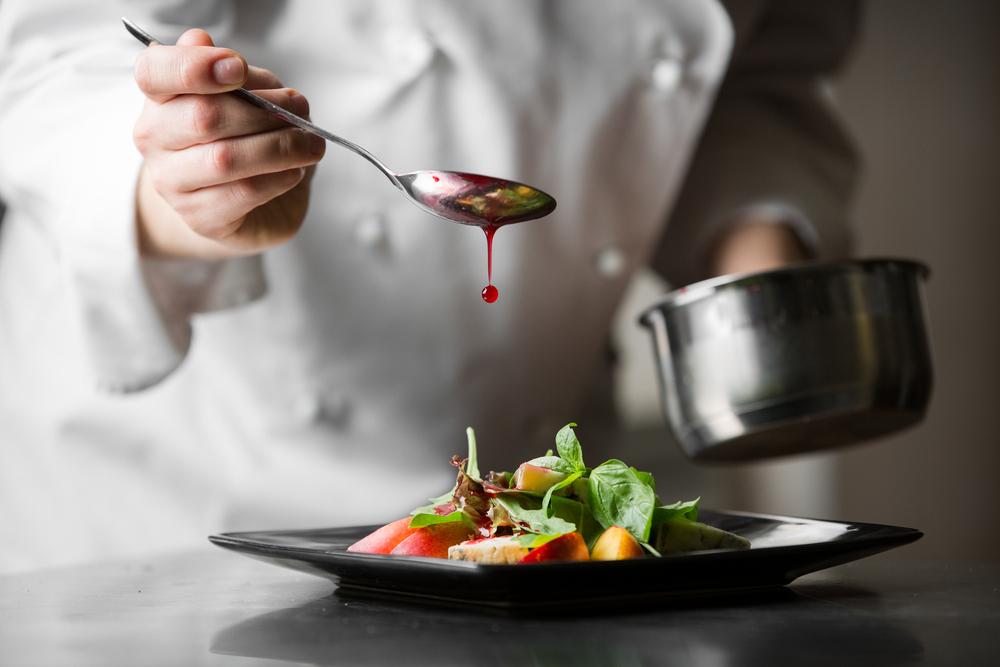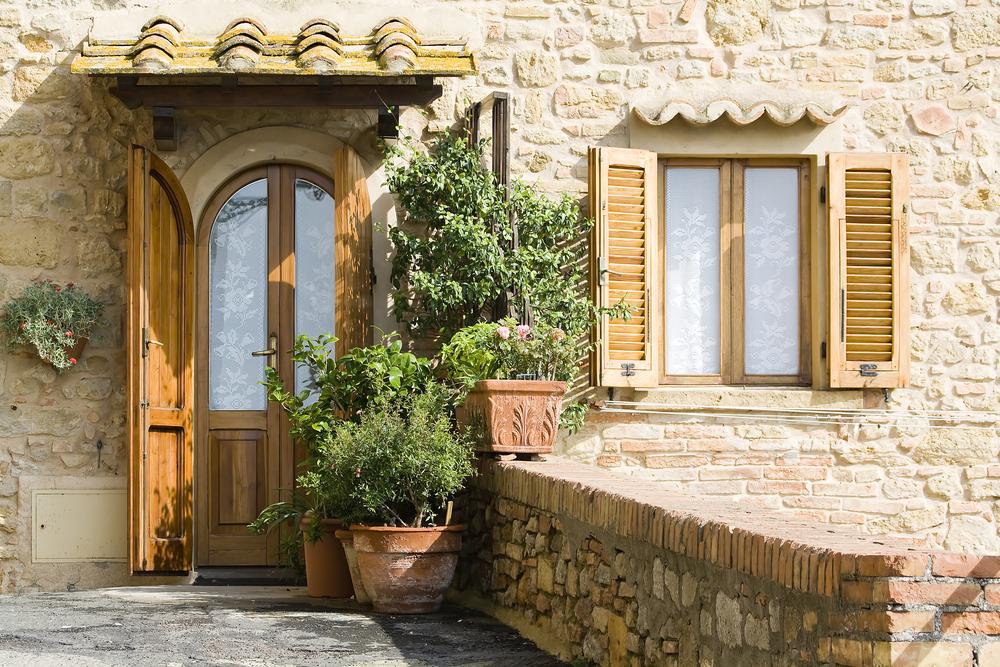A taste of Torrone di Bagnara PGI, along the Costa Viola
There is nothing more pleasant than knowing the Calabrian Costa Viola, the stretch of the Tyrrhenian Sea that faces the Strait of Messina, through the sweetness of Torrone di Bagnara PGI.
Bagnara Calabra, in the province of Reggio Calabria, is the homeland of this traditional confectionary product loved all over the world, as well as being a gastronomic reference for swordfish, whose fishing constitutes the identity economy of the small town and its inhabitants.
Bagnara Calabra and its torrone
Famous for being the birthplace of the "Bertè sisters", Loredana and Mia Martini (the latter is dedicated to a city monument). Bagnara Calabra is also known for one of the most important branded desserts in Calabria: the Torrone of Bagnara PGI.
Produced exclusively in the municipal territory, the Torrone di Bagnara is the result of the processing of honey, unroasted almonds, cloves in powder, sugar, and bitter cocoa.
These ingredients are dosed and mixed in according to the ancient traditional recipe, of nineteenth century origin, which the master bagnaroti pastry chefs jealously handed down from one generation to another.
The product is slow cooked at high temperatures, then refined and shaped to the desired form and packaged for distribution.
The Torrone di Bagnara PGI comes to the market in two types that differ in their coverage: in the Martiniana variant, it is covered with granulated sugar, and in the Torrefatto glassato (glazed roasted one), with a mixture of sugar and cocoa.
The Costa Viola also gives its name to a fine branded Calabrian wine, Costa Viola PGI, produced in the municipalities of Bagnara Calabra, Palmi, Scilla and Seminara.
Another unmissable food for a gastronomic tour of the Costa Viola is the Swordfish of the Strait, still caught in according to traditional techniques, a true symbol of Bagnara.
A sweet trip to the Costa Viola
The Costa Viola journey of typical flavors goes from Palmi to Reggio Calabria, in the stretch of sea known for the color it assumes at sunset, thanks to the presence of a violet seaweed that projects its shades onto the surface of the water and the coastline.
